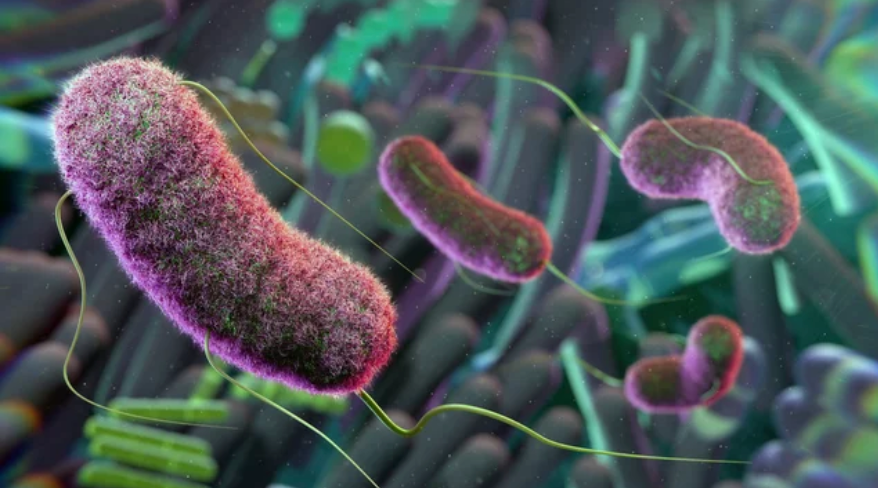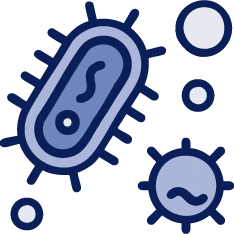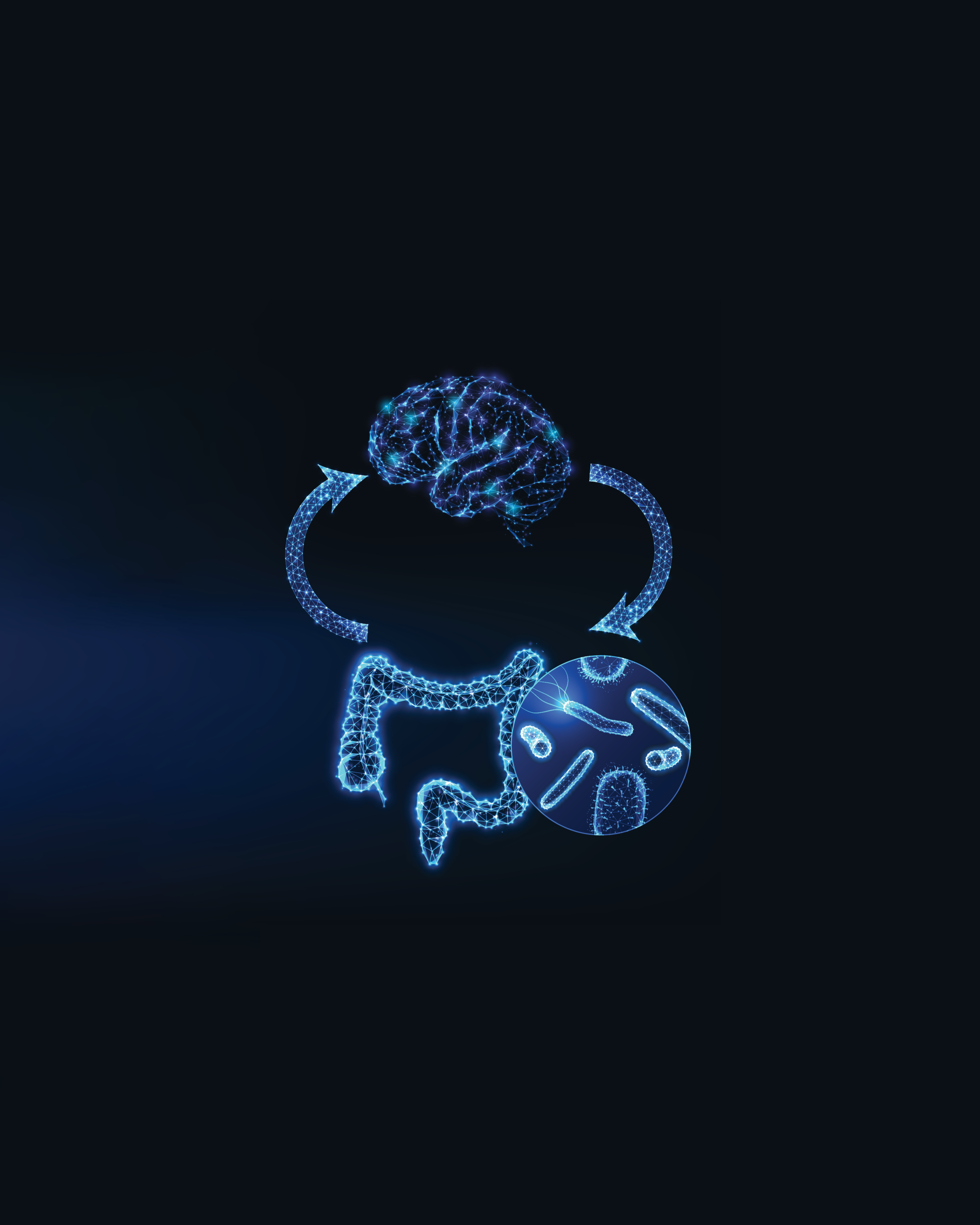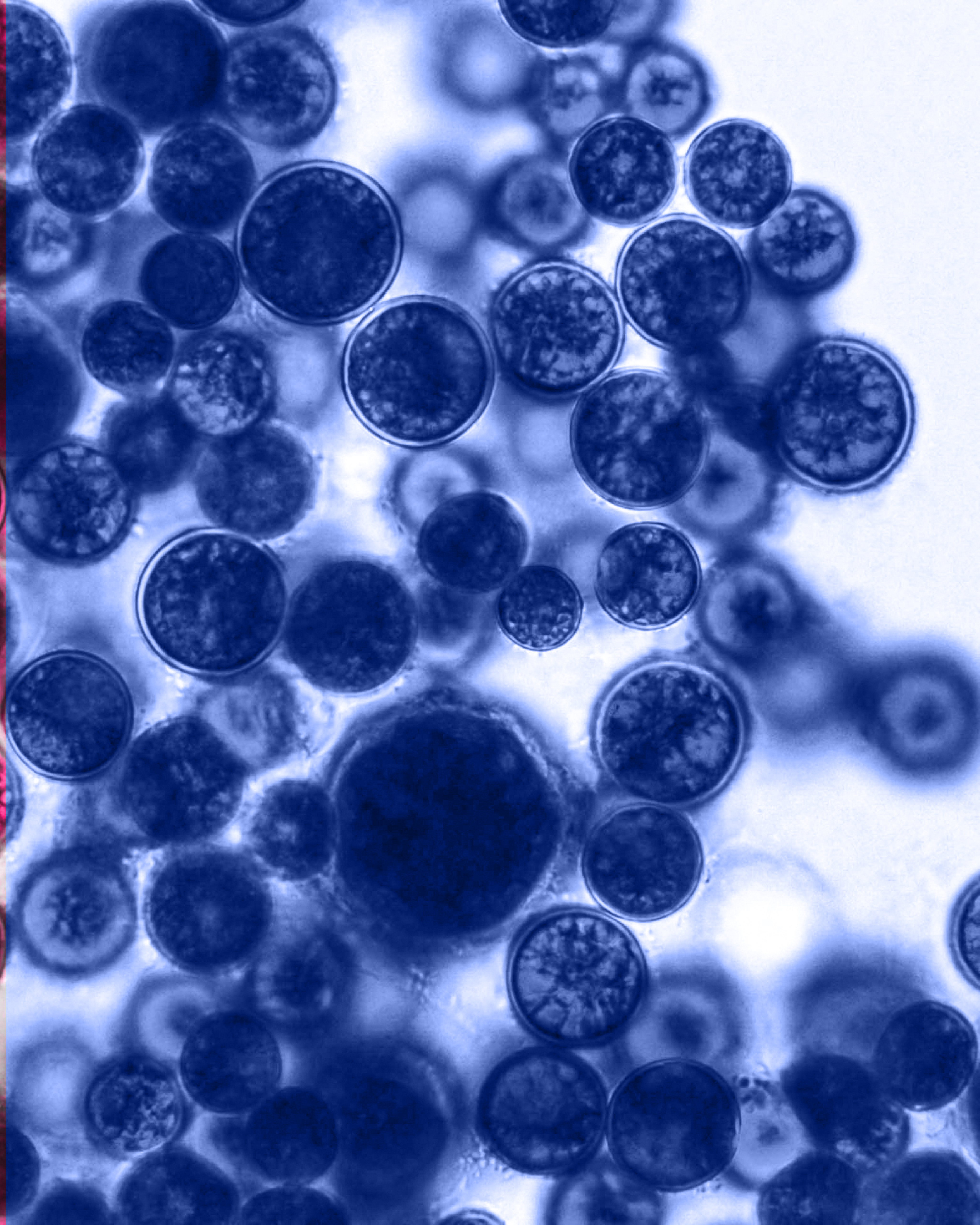What Is the Microbiome?
The microbiome functions as an interconnected ecosystem that evolves with us. Each individual’s microbial composition is unique, influenced by genetics, environment, diet, and lifestyle. These microorganisms inhabit different regions of the body, where they perform specialised tasks while maintaining communication with the body’s immune, metabolic, and nervous systems.
















